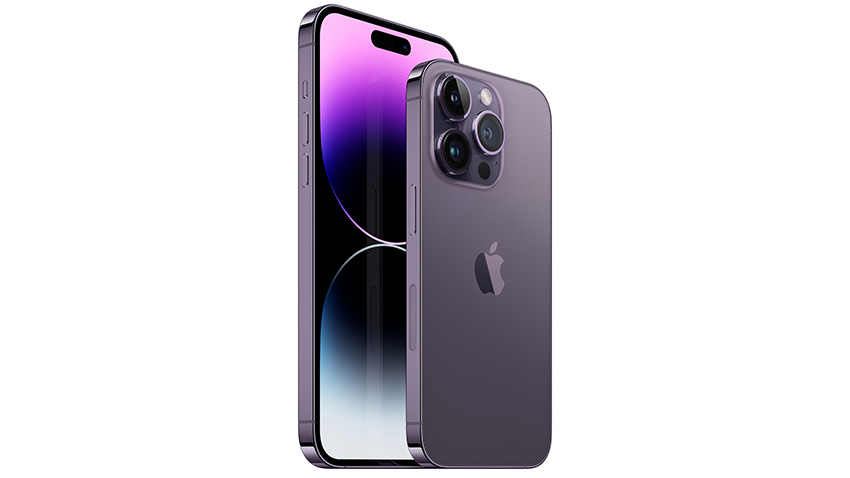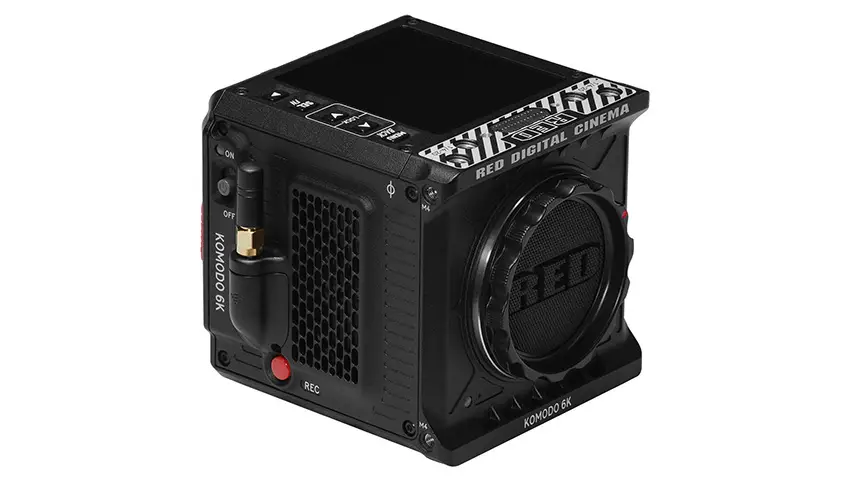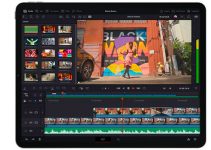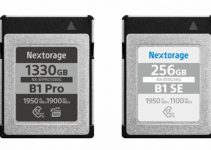It’s the person behind the camera not the camera itself. Right? It seems that this is becoming more and more the case when you can take a look at the footage from the iPhone 14 Pro and put it up against a cinema camera setup that costs nearly $10,000 more than the phone itself.
Given footage captured with both a RED KOMODO and the iPhone do you think you can tell the difference?
Filmmaker Joey Helms wanted to test this out himself and captured a nice set of video with both cameras. He even asked others what they thought and then does a deeper dive into the iPhone’s performance.
Two of the big recent upgrades to the iPhone’s video capabilities were the ability to record ProRes video with Cinematic Mode. This allows the phone to more closely replicate the look and experience of footage from a true cinema camera.
Rigging up the iPhone on top of the RED KOMODO he shot the same scenes and got a very close match on the footage for comparison. Then he took that footage out and started showing people and asking them which clips were the phone and which were the RED.
The way the footage is presented—as a somewhat finished project with the clips side-by-side and not full screen – it makes this a real challenge. All the people, including some photographers, were struggling to make a decision. It was essentially a 50/50 split.

Image Credit: Apple
So, if you are going for a finished product that is on YouTube or social media and likely going to be watched on a mobile device, the iPhone might be just as good as a cinema camera.
iPhone Strengths
Getting deeper into the iPhone’s capabilities he wants to highlight what the strengths are. If you are able to play to its strengths you can get a damn good image.
One benefit is the 13mm-equivalent wide-angle lens since you don’t lose much in the depth of field look. Smaller sensors and smartphone lenses aren’t capturing super shallow depth of field, and wide-angle shots aren’t usually expected to have shallow depth of field. The 13mm lens looks as expected.
Apple does a fair bit of processing with their footage and they do leverage HDR. Shooting into the sunset the iPhone was able to retain detail in the deep shadows of the foreground.
Stabilization was a key point of the 14 series upgrades and will make handheld shooting much easier than a huge rig for your cinema camera.
On that point, it is an exceptionally tiny and lightweight camera system and that cannot be underrated.

Image Credit: RED
iPhone Weaknesses
As we mentioned some of Apple’s processing we should also point out where it doesn’t do a great job. The iPhone generally produces an overly sharp picture which doesn’t look as natural or cinematic.
Phone lenses still suffer from regular phone lens designs with some less pleasing flaring. You don’t have any control here either.
As for the sensor technology, the iPhone does suffer from rolling shutter and doesn’t have stellar low-light video performance.
These are not great for working with fast-moving subjects in limited lighting.
Finally, he points out the highlight roll off. It just can’t produce a smooth, natural roll off with highlights in the frame.
This is a fairly impressive result and most of these updates have only come in the past few years.
As software and hardware improve the iPhone could easily become another tool in the filmmaker’s toolbox.
What did you think about this comparison?
[source: Joey Helms]
Order Links:
- RED KOMODO 6K Cinema Camera (B&H)
Disclaimer: As an Amazon Associate partner and participant in B&H and Adorama Affiliate programmes, we earn a small comission from each purchase made through the affiliate links listed above at no additional cost to you.




